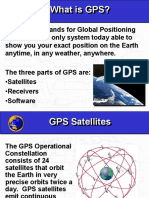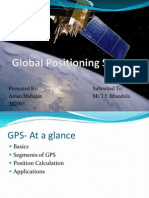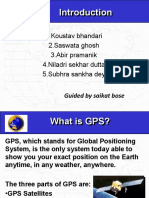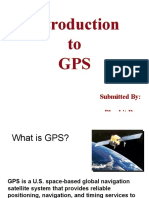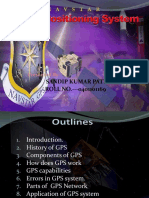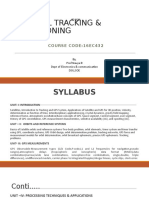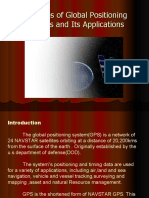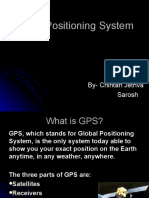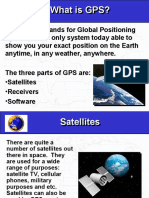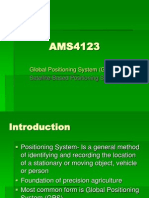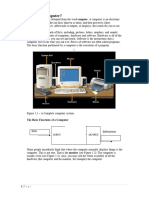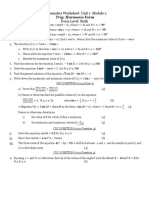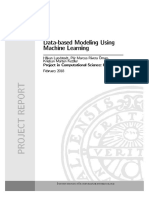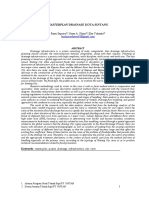0% found this document useful (0 votes)
15 views52 pagesGps Lecture
The Global Positioning System (GPS) is a satellite-based navigation system that provides location information anywhere on Earth, consisting of a space segment, control stations, and user segments. GPS operates through triangulation from satellites, measuring distances based on the travel time of radio signals, and requires precise satellite positioning and timing for accuracy. Its applications span various fields including navigation, tracking, mapping, and timing, utilized by professionals across multiple industries.
Uploaded by
SubitchaCopyright
© © All Rights Reserved
We take content rights seriously. If you suspect this is your content, claim it here.
Available Formats
Download as PDF, TXT or read online on Scribd
0% found this document useful (0 votes)
15 views52 pagesGps Lecture
The Global Positioning System (GPS) is a satellite-based navigation system that provides location information anywhere on Earth, consisting of a space segment, control stations, and user segments. GPS operates through triangulation from satellites, measuring distances based on the travel time of radio signals, and requires precise satellite positioning and timing for accuracy. Its applications span various fields including navigation, tracking, mapping, and timing, utilized by professionals across multiple industries.
Uploaded by
SubitchaCopyright
© © All Rights Reserved
We take content rights seriously. If you suspect this is your content, claim it here.
Available Formats
Download as PDF, TXT or read online on Scribd
/ 52


